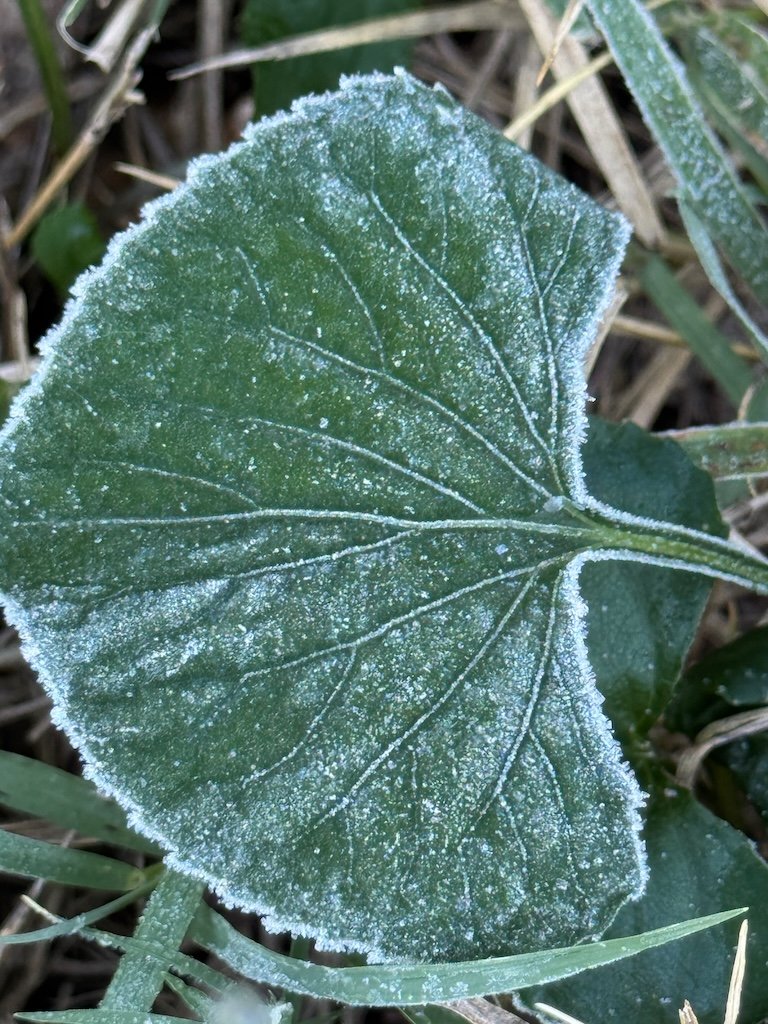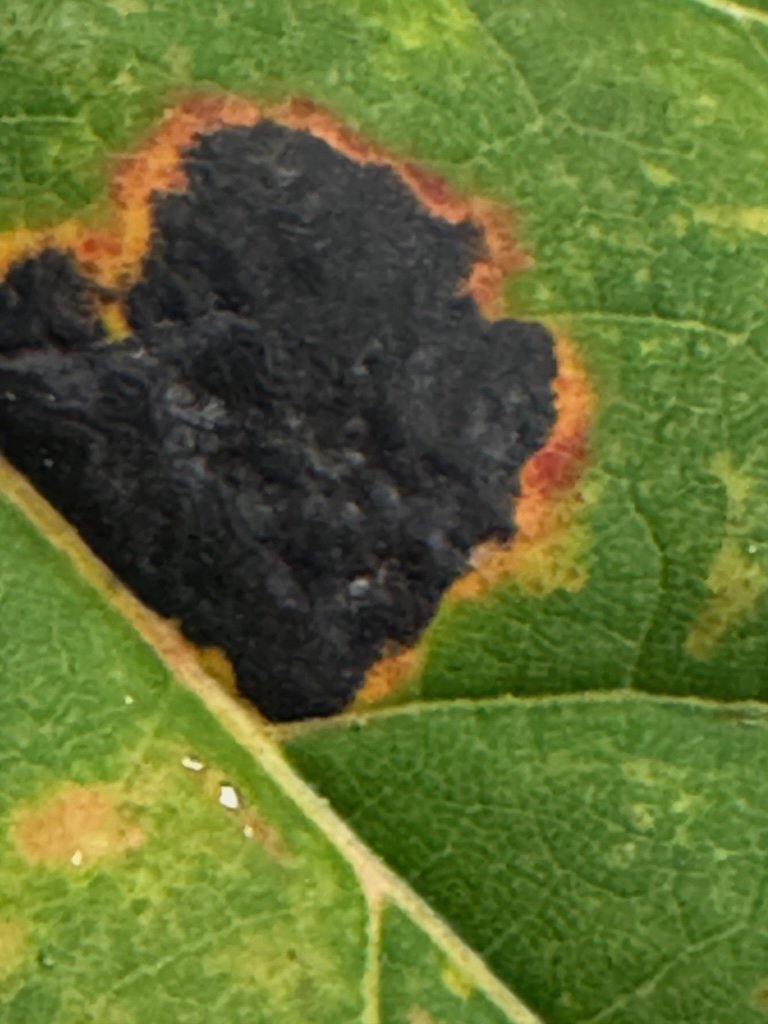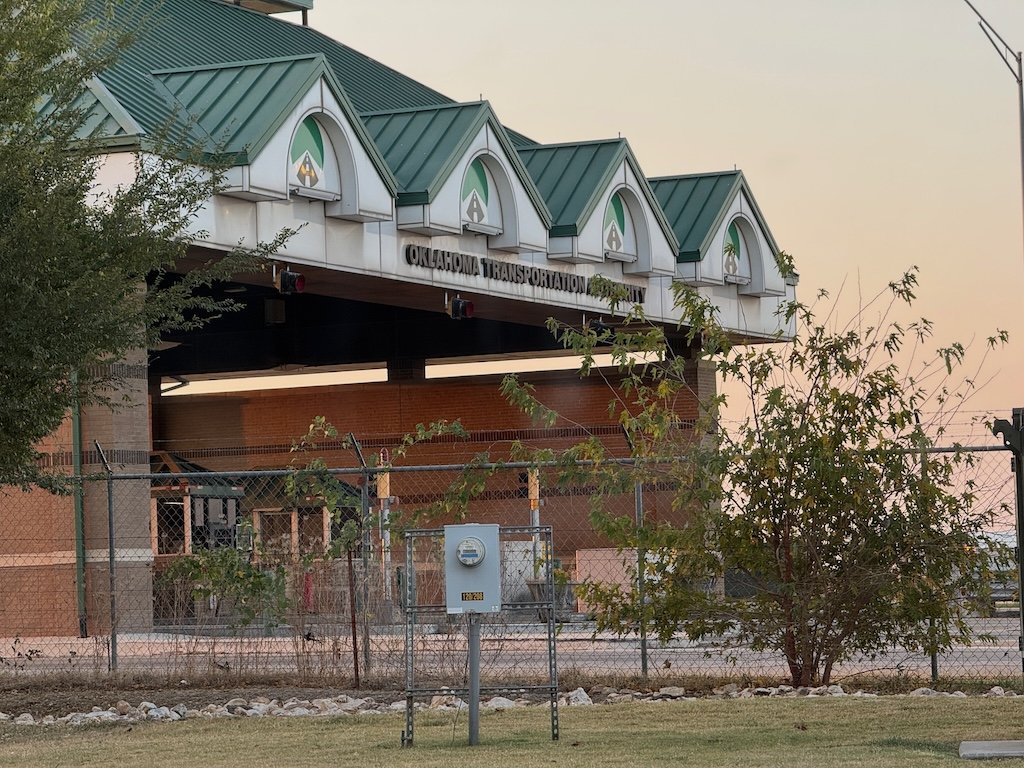The items below were ‘the cream’ of the articles and websites I found this past week. Click on the light green text to look at the article.
Ten Striking Images from the Bird Photographer of the Year Awards – Great images…and the titles/descriptions add to their impact.
From wastelands to wetlands: The fight to save Sri Lanka's natural flood buffers – Transforming garbage patches into biodiverse wetlands in Colombo. About 15 years ago, these ecosystems were degraded and filled with rubbish. Residents organize weekly collection runs, piling up sorted waste at a small collection unit which the municipality sends off for recycling. School kids volunteer, kayaking through the lake to dig up invasive water hyacinth. Ancient kingdoms thrived in a well-managed wetland system where people used them for transport and to grow food. Today, Colombo is home to four wetland parks and several other recreational spaces linked by wetlands.
Eye on the Fertile Crescent: Life Along the Mideast’s Fabled Rivers - The Tigris and Euphrates, the fabled waterways that pour through the heartlands of Eurasian civilization, through the Fertile Crescent, from their chilly headwaters in the mountains of Turkey through vast watersheds in Syria, Kuwait, and Iran, to finally empty into the Persian Gulf at the sweltering marshland shores of Iraq. A series of pictures along the rivers today.
Deaths From Antibiotic-Resistant Infections Could Reach 39 million by 2050 - In 1990, 1.06 million deaths were attributable to antimicrobial resistance. For kids ages 5 and younger, deaths attributable to antibiotic resistance declined by more than 50 percent between 1990 and 2021, mostly due to vaccination, water and sanitation programs, some treatment programs, and the success of those. For patients ages 70 and older, the number of deaths increased by more than 80 percent during the same period. The team estimates that deaths among children will be cut in half by 2050, but deaths among seniors will double. New superbugs can emerge or disappear at a moment’s notice, and scientists still don’t have a good understanding of what causes these unpredictable swings. We urgently need new strategies to decrease the risk of severe infections through vaccines, new drugs, improved health care, better access to existing antibiotics and guidance on how to use them most effectively
Why Are Black Bears Thriving? - Their adaptability has made them one of the world’s most abundant bear species, and also the one faring the best in an increasingly human-dominated landscape.
These Ancient Egyptian Barracks Paint a Vivid Picture of Military Life During the Reign of Ramses II – Mudbrick rooms… evidence of soldiers’ daily provisions, accessories and toiletries, like ivory applicators for kohl eyeliner, necklaces of carnelian and faience beads shaped like pomegranate blossoms, and scarabs engraved with deities’ names. Weaponry demonstrates the place was well armed and may even have been able to produce some weapons on site.
People aren't volunteering as much these days: What gives? - In recent years, giving back to their community hasn't played as big a role in many Americans' lives. The 2008 recession had the biggest dampening effect on volunteering in areas with the most economic growth and above average income equality. When we talk about economic development for communities, we shouldn't divorce that from the civic development of communities. (I was surprised that the study did not find an impact on volunteering from the COVID-19 pandemic…maybe it is too early to see the impact?)
The Largest Prehistoric Structure South of the Sahara - Long after the Kingdom of Zimbabwe’s demise in the 15th century, Great Zimbabwe’s legacy endures. Shona people conducted rites here through the 19th century, and one of the stolen stone eagles that formerly adorned the city graces Zimbabwe’s flag. There are 10 million Shona people around the world today—and there is much to learn about their Bantu-speaking ancestors, who first settled Great Zimbabwe in the 4th century C.E. They farmed, mined iron, and kept cattle, a culinary staple that also denoted social class.
See an Ancient Egyptian Temple’s Brilliant Colors, Newly Revealed Beneath Layers of Dust and Soot - Restoring parts of the 2,000-year-old Temple of Edfu—and shedding new light on what the richly decorated house of worship looked like in its prime: paint and traces of gold leaf.
Brain vasculature changes important for predicting cognitive impairment - A study showing that several measurements of the brain, including blood flow and the brain's ability to compensate for the lack of it, are better predictors of mild cognitive impairment than risk factors like hypertension and high cholesterol. The researcher and its participants are in Oklahoma.




































































































































































































































